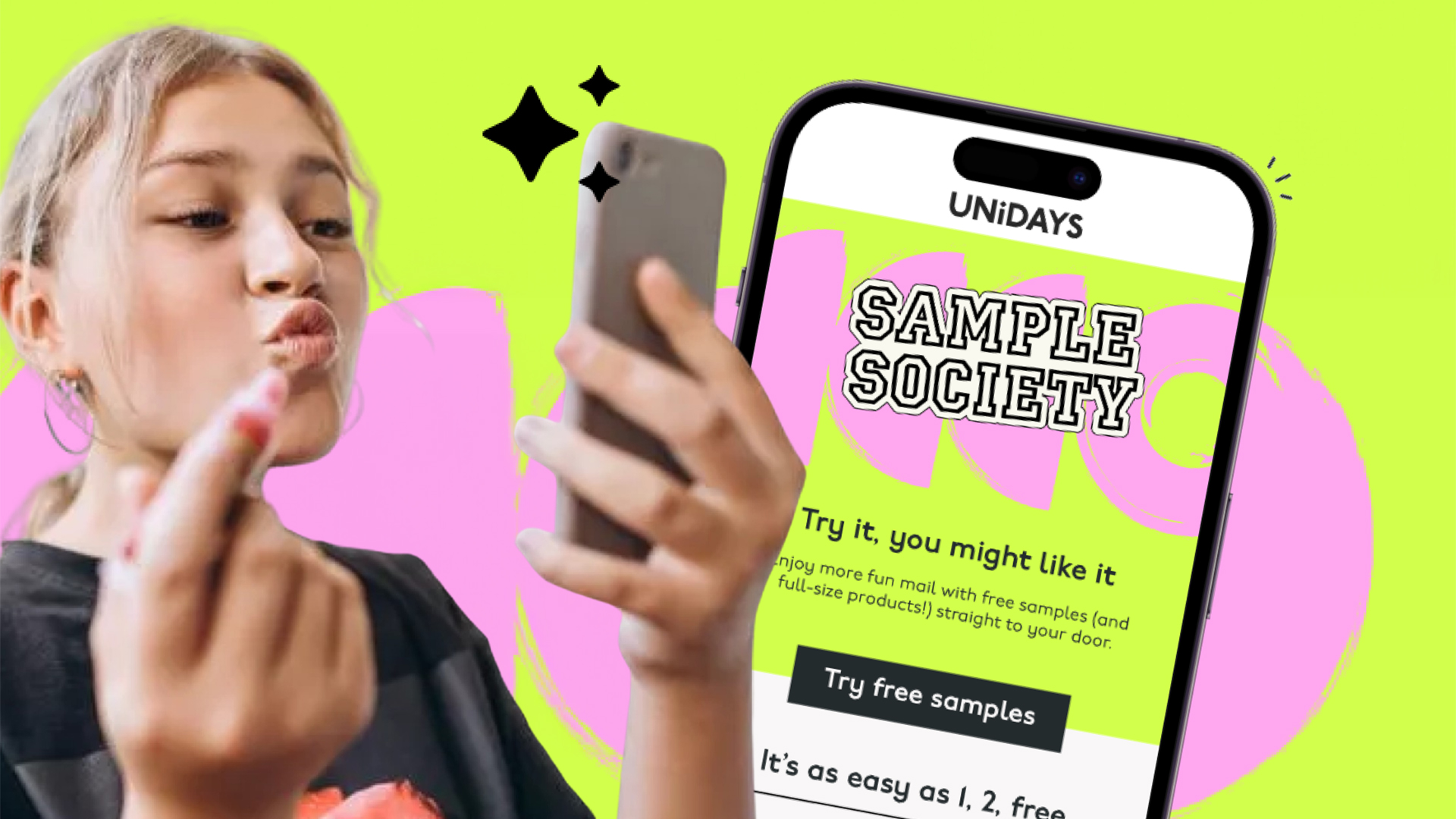Exclusive Product Samples: A Comprehensive Guide
In the ever-competitive world of modern marketing, the ability to provide exclusive product samples has become an essential strategy for brands aiming to stand out. Did you know that 82% of consumers are likely to try a new product if they receive a sample? This statistic speaks volumes about the power of product sampling in influencing purchasing decisions. In this article, we will dive deep into the significance of exclusive product samples, their benefits, and how to effectively implement this strategy for your brand.
Many consumers today seek authentic experiences and tangible interactions with products before making purchases. This desire for firsthand experience provides marketers with a unique opportunity to engage their target audience effectively. In our discussion, we will explore various aspects of product sampling, including the types of samples, effective promotional strategies, and the overall impact on customer loyalty. By the end of this article, you will have a comprehensive understanding of how to leverage exclusive product samples to enhance your marketing efforts.
Here’s a brief overview of what you can expect in the following sections:
- The Importance of Exclusive Product Samples
- Types of Product Samples
- How to Create a Sampling Strategy
- Best Practices for Distributing Samples
- The Role of Digital Marketing in Sampling
- Measuring the Success of Product Sampling
- Conclusion: Maximizing the Impact of Product Samples
The Importance of Exclusive Product Samples
Exclusive product samples are not just a marketing gimmick; they serve a vital purpose in today’s consumer-driven market. Offering samples creates a sense of exclusivity, enticing customers to try products they may not have considered otherwise. They also help build brand trust as consumers can interact with the product prior to purchase. Here are some key points to consider:
- Enhances Customer Engagement: Providing samples encourages consumers to engage with your brand on a deeper level. This engagement fosters connections and leads to long-term loyalty.
- Increases Brand Awareness: Exclusive samples generate buzz around your products and can lead to organic word-of-mouth marketing, enhancing your brand visibility.
- Facilitates Feedback and Improvement: Offering samples allows brands to gather valuable feedback from consumers, which can aid in product refinement and improve overall quality.
“Sampling is one of the best ways to convert consumers into brand advocates.” – Marketing Expert
Types of Product Samples
1. Physical Samples
Physical samples are tangible products provided to potential customers. These can include full-sized products, travel-sized items, or even miniatures. Physical samples allow consumers to experience the product’s texture, scent, and usability firsthand.
2. Digital Samples
In today’s digital age, brands can also offer digital samples, such as downloadable product guides, coupons, or virtual demos. This method is particularly effective for software and digital products.
3. Event-Based Samples
Events such as trade shows, fairs, or brand launches present fantastic opportunities to showcase exclusive samples. Engaging with potential customers directly enhances the personal connection with the brand.
How to Create a Sampling Strategy
Creating an effective sampling strategy requires careful planning and execution. Begin by identifying your target audience and understanding their preferences. Here are some steps to help you develop an effective sampling strategy:
- Define Your Goals: Determine what you hope to achieve with your sampling initiatives, such as increasing brand awareness, generating leads, or driving sales.
- Select Your Sample Products: Choose products that resonate with your audience and align with your branding.
- Decide on Distribution Channels: Consider how you will distribute your samples—whether through online orders, in-store promotions, or events.

Best Practices for Distributing Samples
1. Target the Right Audience
Understanding your target market is crucial for effective sampling. Ensure that your samples reach consumers who are likely to be interested in your products.
2. Provide Clear Instructions
When distributing samples, include clear usage instructions and information about the product. This ensures that consumers know how to maximize their experience.
3. Gather Customer Feedback
Encourage consumers to provide feedback after using your samples. This information can be invaluable for your marketing strategy and product improvements.
The Role of Digital Marketing in Sampling
Incorporating digital marketing into your sampling strategy can significantly enhance your reach and engagement. Social media, email marketing, and influencer collaborations are powerful tools that can amplify the impact of your samples.
- Social Media Campaigns: Utilize platforms like Instagram and Facebook to run targeted campaigns that promote your exclusive samples.
- Email Marketing: Send personalized emails to your subscribers offering exclusive samples as a reward for their loyalty.
- Influencer Partnerships: Collaborate with relevant influencers who can showcase your samples to their audience, increasing brand exposure.
Measuring the Success of Product Sampling
To assess the effectiveness of your product sampling efforts, you should measure key performance indicators (KPIs). Here are some critical metrics to consider:
- Redemption Rates: Track how many samples were redeemed and how this translates into product sales.
- Customer Feedback: Analyze the feedback collected from consumers to gauge overall satisfaction and sentiment.
- Engagement Metrics: Monitor social media engagement and website traffic generated from your sampling campaigns.
Conclusion: Maximizing the Impact of Product Samples
Exclusive product samples offer an invaluable opportunity for brands to connect with consumers, drive engagement, and ultimately boost sales. By carefully crafting a sampling strategy that targets the right audience, utilizes digital marketing, and effectively measures results, brands can significantly enhance their marketing efforts.
As you embark on your journey to implement exclusive product samples, remember to stay attuned to consumer feedback and market trends. The evolving landscape of consumer preferences means there is always room for innovation, and your brand can lead the way.
For more insights on product sampling, check out our related articles on this link and this link.
